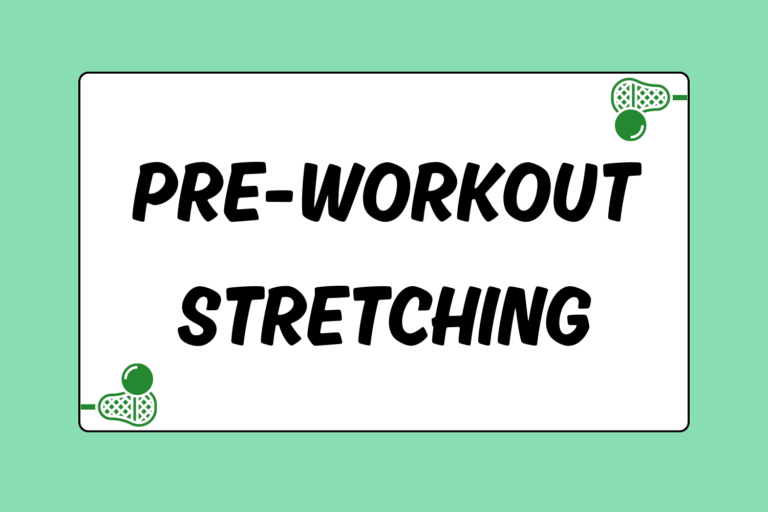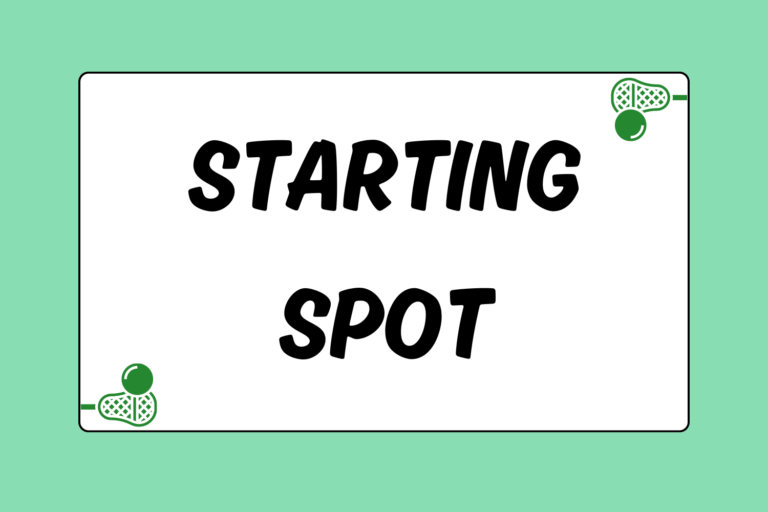Regardless of skill or team level, every lacrosse player has heard the same speech from his coach: “If you really want to improve as a player, you have to hit the wall and get your stick skills up to par.” It doesn’t matter what caliber of athlete you are – you could be the biggest, fastest, and strongest player on the field – your game will suffer without stick skills. Players have to be able to confidently and flawlessly handle the ball if they plan on taking their game to the next level. Wall ball makes you a more dedicated player, but it also improves every aspect of your stick skills, including your ability to pass, shoot, and cradle the ball with either hand.
Where to Hit the Wall
The first step for wall ball is finding a suitable place to practice. Avoid playing at your house or any other place with windows that could get in the line of fire. That glass isn’t cheap, and cleaning up shards of broken glass is never fun. Also, try to stay away from brick walls. The brick surface is indeed solid, but its inconsistent texture and depth leads to unpredictable bounces and lots of running as you chase down balls. You should be looking for a place that has a solid wall at least 10-feet high, without any windows on or near it.
Some good places to look for a solid wall with a flat surface and no windows include:
- Schoolyards
- Tennis walls near tennis courts
- Warehouses
Plenty of other venues have walls, but the places listed above are your best bets to set up shop and sharpen those stick skills.
How to Hit the Wall
Hitting the wall should be done with a purpose, and you should have a good routine laid out. Start with the basics of how you should be hitting the wall:
- Focus on footwork: During a game, you aren’t stationary when you throw the ball or catch a pass. Have the same approach when hitting the wall. Try to have your feet aligned in the same way you would during a game. When the stick is in your right hand, keep your left foot forward and your right foot back.
- Keep your hands high: Make sure your hands stay around your chest area when catching and throwing. This hones your muscle memory, which allows you to have maximum accuracy and velocity on your throws in games.
- Don’t neglect the upper body: When throwing, turn your hips and shoulders and use your upper body. On catches, lean back a little and give the ball a nice cushion. Turn your back hip away from the ball as it approaches and keep your hands up high.
Stand no more than 10 feet away from the wall, and put some speed on your throws. You don’t make soft passes in a game, so there’s no need to gently bounce it off the wall. Remember, practice like you play!
Dedication Pays Off
Regularly hitting the wall with a disciplined routine improves your stick skills dramatically and quickly (and it might increase your playing time, too). Dedicate yourself to some serious wall ball during the off-season and when there are no classes to attend. Spend a good amount of time every day getting reps on the wall – spending about 45 minutes per day, three or four days per week is adequate. Commit yourself to a solid routine, and your hard work will undoubtedly pay dividends.
Hot Tip: Wall Tunes
Take your personal music player and headphones with you to the wall. Create a playlist of songs that get you fired up and blast your favorite bands while you hit the wall. An hour will pass before you even know it. Listening to music while you practice is a great way to pass the time during what can sometimes be a monotonous exercise. However, make sure you’re fully focused on the task at hand!
Wall Ball Drills
Now it’s time to incorporate drills into your wall-hitting routine. Beginners should focus primarily on the basics, like throwing and catching with both hands. You should release the ball in a straight overhand motion from the box area next to your head, and catch the ball in the same spot you released it from.
An effective and easy wall routine for a new player looks something like this:
- Stand about six or seven feet away from the wall.
- Throw and catch with your right hand for 100 repetitions.
- Repeat on the left side for 100 repetitions.
- Switch hands for 100 repetitions as follows: Throw right, catch right, switch hands, throw left, and then catch left.
The above routine should take about 30 minutes to complete, and you will notice the results very quickly if you practice three or four times every week.
A more intermediate wall routine includes the following:
- Throw with your right hand and catch with your right hand 100 times.
- Throw with your left hand and catch with your left hand for 100 repetitions.
- Alternate hands for 100 repetitions.
- Move horizontally along the wall as you throw and catch with the outside hand for 100 repetitions. Keep your feet moving as you throw and catch the ball.
Advanced players should work on changing the angle at which they throw and catch the ball while playing wall ball. Some shooting skills can be incorporated into the routine, too.
Instead of throwing the ball at the wall and having it come back to your stick on the fly, work on bouncing the ball off the ground. Aim for a spot about a foot or two in front of the wall, bounce the ball off the ground, and snag it with your stick as it comes back. You can throw a fake shot up high after you catch the rebound, and then repeat the low bounce into the wall. This drill improves your ability to finish around the goal, as bounce shots and fakes are huge weapons in lacrosse that not all players are able to properly utilize.
Wall Ball until You Fall
The most skilled lacrosse players spend at least an hour every day hitting the wall and keeping their stick skills sharp. While you may not immediately notice the results after one or two practices, dedication and sticking to it makes you a much better player in the long run. Commit yourself to getting out there as much as possible and putting in hard work. Wall ball only requires one player, so you have no excuse to avoid playing. Put in the hard work and your skills will greatly improve.





